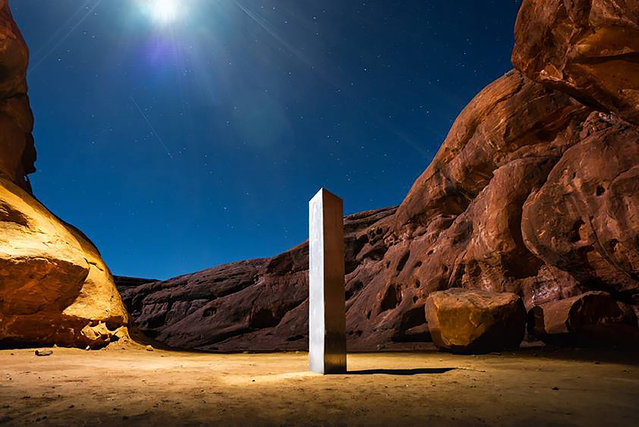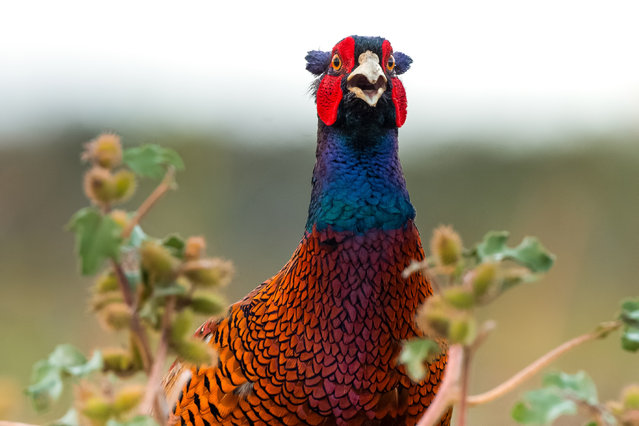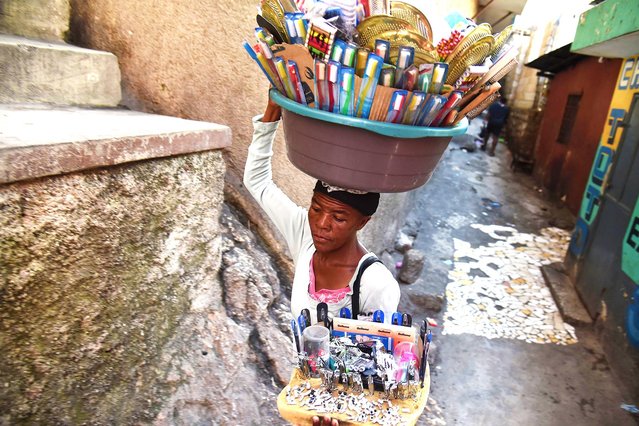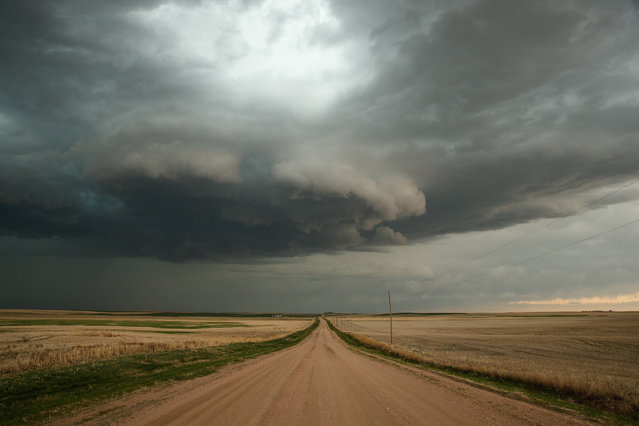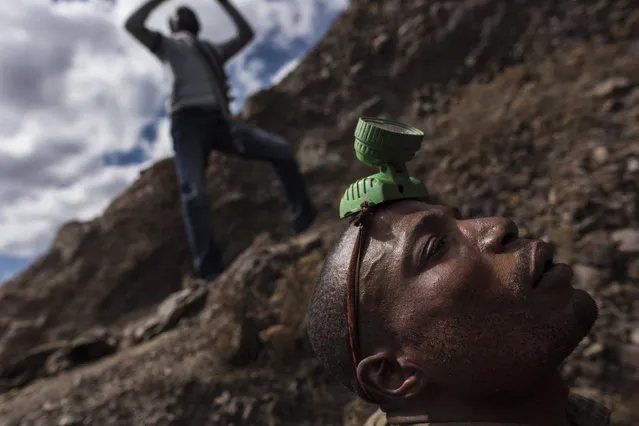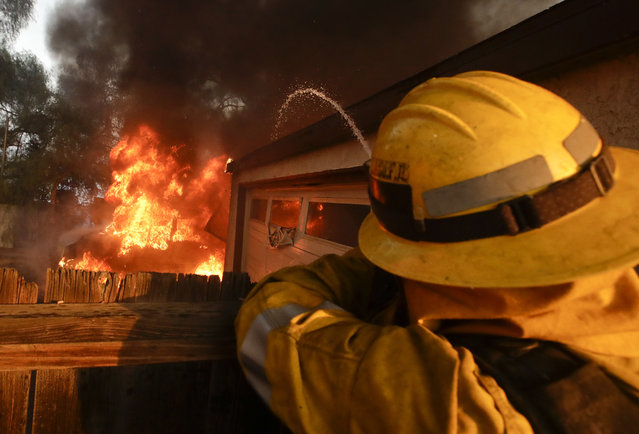
A Los Angeles County firefighter puts water a burning house in a wildfire in the Lake View Terrace area of Los Angeles Tuesday, December 5, 2017. Ferocious winds in Southern California have whipped up explosive wildfires, burning a psychiatric hospital and scores of other structures. Tens of thousands of people have been ordered evacuated. (Photo by Chris Carlson/AP Photo)
06 Dec 2017 07:12:00,post received
0 comments

